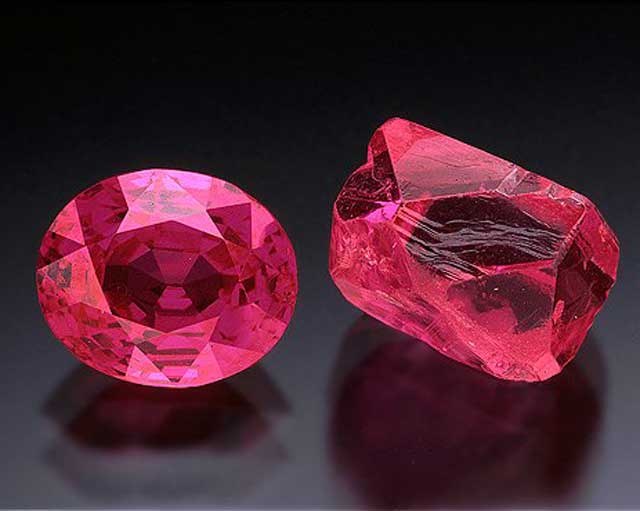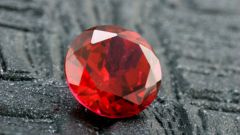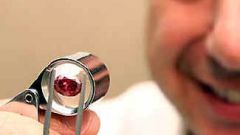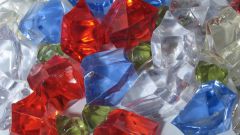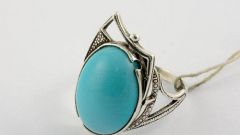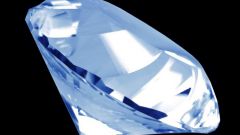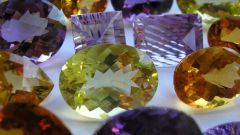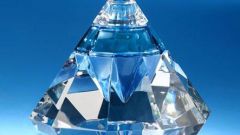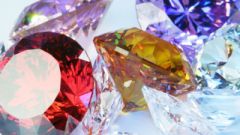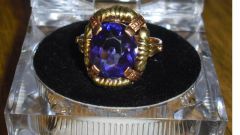You will need
- - a clean glass jar;
- water;
- - cow's milk;
- -
Instruction
1
Large ruby rich bloody color and low price is nonsense. Such stones are very rare (typically, this is the famous Burmese rubies) and cost close to the diamonds. If you offer to buy a large rock intense red colour for a small price, to be sure – you are trying to sell a fake.
2
Place a ruby in a clean glass jar. The spread on the glass a reddish color would indicate that it is the real stone.
3
Insert the ruby in cow's milk. If the ruby is authentic, the milk will acquire a pinkish hue. If the milk is natural yellowish, the ruby is a fake.
4
Put the stone on his hand and slightly shaking in the air, feel its weight, heaviness. Natural ruby is visibly denser, heavier than the glass.
5
Our eyelids are very sensitive to heat and cold. Considering this property, do an experiment: put ruby on the eyes and concentrate, listen to the sensations. Bauble, simulating ruby (glass, plastic or stone), warms up quickly, and you will cease to feel it on the eyelid. While a genuine ruby for a long time remains cool.
6
Place a ruby under UV light. The real stone will remain the same color, fake color changes. Most likely, he will turn orange.
7
Look at the face of a ruby is first one angle, and then with others. In one case this part will be dark red, the other is more pale.
8
In this ruby bubbles, if any (which happens very rarely) have a circular shape and the same color as the stone. In fakes, the bubbles are white, often empty, "uncovered".
Note
Artificial rubies grown in a laboratory environment, cheaper than their genuine counterparts in 15-20 times. And it is justified. No amount of manipulation for improvement of transparency and color change are not able to help to achieve full identity with natural ruby. However, an ignorant person was difficult to identify a genuine stone in front of him or not. It is often used crooks. It is therefore necessary to seek the assistance of a jeweler or know the ways of self-determination of authenticity of the ruby.
The present value of a ruby depends on the quality of the stone and not least from saturation, the intensity of the color. For example, price of pale pink rubies from Sri Lanka is 10-15 us dollars per carat, while deep red rubies from Burma can worth $ 10,000 over one carat.
The present value of a ruby depends on the quality of the stone and not least from saturation, the intensity of the color. For example, price of pale pink rubies from Sri Lanka is 10-15 us dollars per carat, while deep red rubies from Burma can worth $ 10,000 over one carat.
